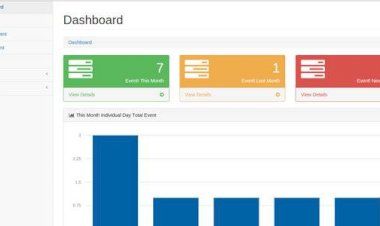Iterative Model
The model begins with implementation of small parts of the system which evolves to more complex parts till the software development process is completed.

ITERATIVE MODEL.
This model involves the breakdown of development of a system into parts. The model begins with implementation of small parts of the system which evolves to more complex parts till the software development process is completed. It begins with the simple requirements that each system being developed requires and ends when full system is ready to be deployed to the end users or to the market.
READ ALSO: Advantages and disadvantages of V-Model
Advantages of iterative model.
1.The systems progress is easily measured since its divided into small parts.
2. Error elimination and testing is easy.
3. It is easy to change the system requirements using these model.
4. Suitable for large and complex projects.
5. Risks are easily managed using this model.
6. More efficient since the model provides room for customer feedback.
READ ALSO: SOFTWARE DEVELOPMENT LIFE CYCLE MODELS
Disadvantages of iterative model.
1. The system requires more attention through the phases of development.
2.Model is not suitable for small projects.
3. It may be difficult to tell when a project will end.
4. This model requires the use of more resources.
5. Risk analysis phase requires skilled resources.
READ ALSO: How to Create Android Horizontal Scrolling RecyclerView
Ah the 60’s. Such radical ideas. #yow18 #unittesting #software #iterative pic.twitter.com/haohUo0Drz
— Keat Yong (@keatyong) December 6, 2018
#ThursdayThoughts I love that the #design process is #iterative and full of #discovery...sometimes it’s the realization that your tech isn’t working ???? sometimes it reveals more efficient ways of creating. Round 2 testing of parts for this new piece. Full integration coming soon pic.twitter.com/7LLPEubBqQ
— Amanda Phingbodhipak (@Alonglastname) May 9, 2019
Use our #Infographic to know all about #VModel & simplify your software development process effectively. https://t.co/EsX30JBxhR #Softwaredevelopment #Programming #Developer #Programmer #SoftwareDevelopmentModel #Development #SoftwareTesting #QualityAssurance #Infographics #test pic.twitter.com/0M7K5Wv4Jb
— Professional QA (@ProfessionalQA) February 18, 2019
SUBSCRIBE TO OUR YOUTUBE CHANNEL BELOW TO WATCH MORE VIDEOS


























